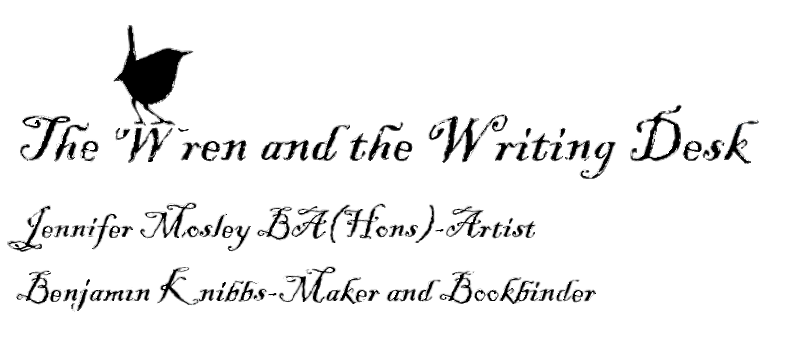A few years ago, my partner Ben and I went to Bath specifically to see an exhibition by an artist called Willard Wigan. When we arrived at the gallery we were greeted by a very happy receptionist, who said we were very lucky as the artist is here. We walked up the stairs to the gallery, I was nervous and excited, and were met enthusiastically by Willard, a charismatic, tall man wearing a beautiful long cashmere coat. Willard is internationally renowned artist for his sculptures which are smaller than a grain of sand, invisible to the naked eye, a microscope is needed to see these incredible sculptures. They have to be measured in micrometres (one of which is equal to a millionth of a metre), and some are smaller than a blood cell.
Wigan’s tiny art began when he was a five-year-old living in Wolverhampton in the United Kingdom and it was born from a need to escape. “I had a problem with learning to read and write,” he says. “I wouldn’t call myself illiterate. I just have a learning difference.”
Willard’s “learning difference” is that he has Asperger’s syndrome, but this remained undiagnosed in the early days. “Teachers didn’t know about autism, so I was used as an example of failure,” he says. “They would take me around the school and tell the kids about me. I become an exhibit, which was traumatising.” He recalls running home and hiding in the garden shed.
In the garden, his dog unearthed a colony of ants while digging holes, and he decided to make them a place to live, as well as a palace for the queen ant. “I really did think they were just like little people. I used to sit and have a conversation with them to see if they’d talk back. Of course, they never did,” he says with a laugh.
When Wigan’s mother saw what he had made, he says she was in a state of disbelief. “She said, ‘You make these little things, when you get older, your name will get bigger. The smaller you make them, the bigger your name will become. If you throw a grain of sand into the sea it will create a tidal wave of success. And that tidal wave will take you on a journey’,” Wigan says.
And that’s when his journey began. He’d carve Beatrix Potter characters on to the head of a toothpick and show them to his mother, who would tell him they were too big. “I wanted to please my mum and see how small I could actually go,” he says. “It became an obsession.”
Taking his art smaller was almost a reflection of what was happening to him at school. The smaller he felt, the smaller he carved and the more he withdrew into himself. “I used to want to disappear; I wanted to be invisible, because I hated what was happening to me, but I didn’t get bitter, I got better,” he says.
He also has a gift a lot of us wish for: patience. Willard told us that his sculptures often take a few months to complete, and he must slow his pulse down so that his work doesn’t go into the air just through a pulse in his thumb.
Because his sculptures are so small, the skill and dexterity with which he must work has to be extremely controlled. “I started to learn to breathe properly,” he says. “I’d squeeze my fingers together to stop the pulse from moving my finger. Then I stared to hold my breath, and I found that each time my pulse stopped, there was more stability.” He also makes his own tools that are small and sharp enough to carve with precision under the microscopic. These include sharpened needles, fine bits of razorblade attached to toothpicks, and shards of diamond. “When I wake up in the morning, I get a magnifying glass and look on the pillow for eyelashes. They become my paintbrushes,” he says.
He also must make sure that he doesn’t breathe in at the wrong time – a lesson that he learned when making the Mad Hatter’s Tea Party scene from Lewis Carroll’s Alice in Wonderland, he had made all the characters, the table, teacups and teapot and was about to paint Alice when a sudden intake of breath meant he inhaled her, instead.
The sheer scale and detail that Wigan is now able to achieve under the microscope is astonishing. “When I do exhibitions, I see people looking through the microscope and they can’t believe what they’re seeing,” he says. “Even scientists and people in the world of nanotechnology can’t believe what they see. Surgeons are now approaching me wanting to know how I do it.”
“Human beings always use the word nothing,” he says. “But there’s no such thing as nothing. It’s the little things that can make the biggest things happen in our lives.”











